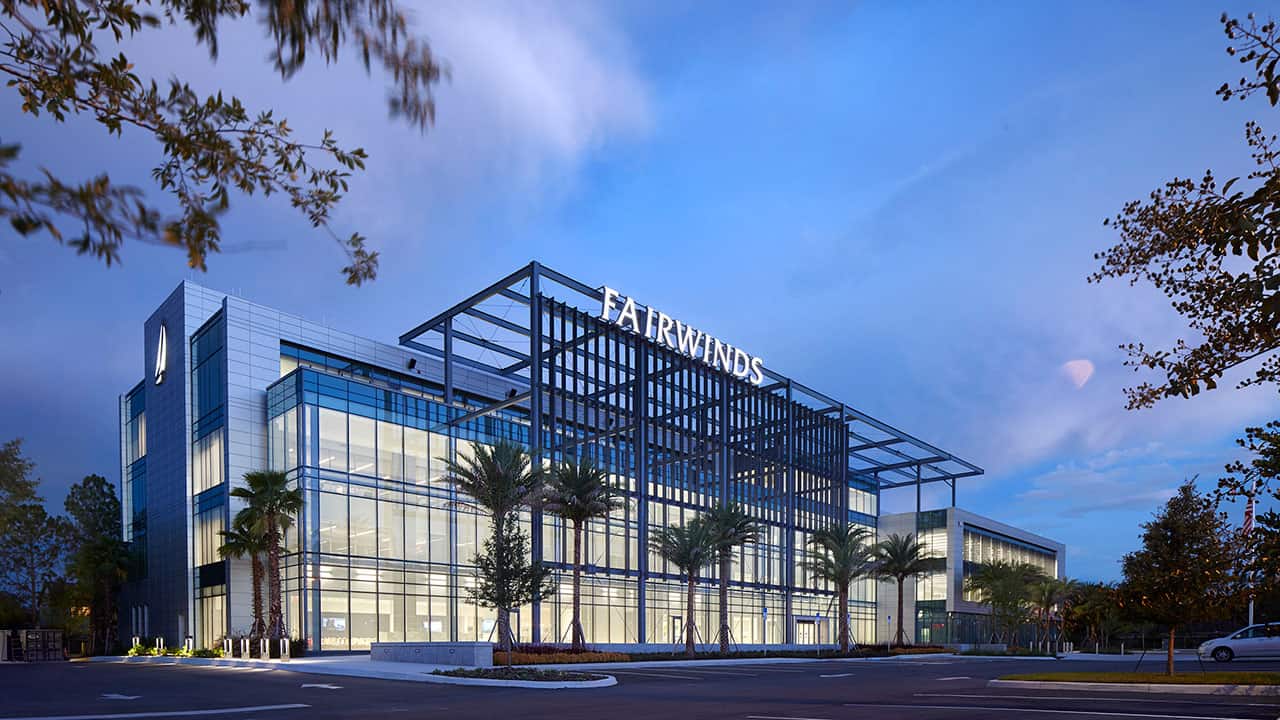As a developer, how are you repositioning your buildings? We recently convened a panel of experts for our “Diamond in the Rough” webinar exploring the development, design and sustainability opportunities developers and building owners need to think about now to secure a competitive advantage and to optimize ROI.
Looking toward the trends and precedence being set within “Gateway Cities” across the U.S. (i.e. DC, NY, SF, etc.) the panel shared their own regional experience and insights and how developments in small-mid size, urban cities are being influenced by what is trending in Gateway markets more broadly. Here are 3 major takeaways from the conversation:
Focus on Repositioning
Currently, there is very little in the way of leasing demands and bidding war for tenants. Cushman & Wakefield encourages developers to look toward what will be relevant post-COVID and reposition their buildings in order to stay competitive in the inevitable future demand. While the goal of any repositioning project is to revive a building and give it new life, owners must be careful not to fall into the ‘old repositioning mindset’ (i.e. doing as little as is possible to get people back in the building). Evidence suggests that simply focusing on cosmetic upgrades is not a formula that will allow for a sustained future. Look beyond the moment. It is more important to be positioned to compete in the future than it is to cut corners now.


With the rise of the “informed shopper,” tenants are going to be asking for more from their landlords, and landlords will need to find different financial models that support tenants’ needs, such as shorter-term leases, support spaces, and new programming. Cushman & Wakefield is also seeing a flight to quality and a demand for projects that have meaning – avoiding the premise of it being “just another building.” Buildings that are making an impact are the ones creating community. To integrate further into the surrounding area, building developers/owners will expand their definition of “ROI” and become invested neighbors, working together with governing agencies to make the buildings in their communities active, self-supporting, and inviting.
One way to reposition a building is to look for mixed-use opportunities that factor in residential or entertainment space where there formerly was none. While there will still be a need for office space, it will be important to activate rich building stock in a way that no longer depends solely on office tenants if we are to address the diverse needs of our urban communities.
Invest in Health and Wellness
Due to the lasting effects of COVID-19, the health and wellness of the building occupants is going to be of critical importance. Building owners and property managers will need to make this priority number one if they’re going to want to maintain leases and attract tenants. With SBS (sick building syndrome) still an issue, especially for Class C and Class B buildings that are 20-30 years or more older, repositioning for better air, water and daylight quality will be absolutely necessary.
Tenants are also seeking better environments for the health and productivity of their knowledge workers. If buildings do not aim to be “healthy buildings,” tenants are likely to skip over to another development that will offer a measurably better health score. And it’s no longer an option to think about energy efficiency/consumption for development projects. There are state mandates in place that will require all buildings to meet specific energy criteria. Many places such as CA, DC and GA already have these mandates in place – others are coming within the next five years.

In particular, indoor air quality has become an important area of focus as has access to fresh air and the outdoors. Looking aggressively at what is possible with existing structures, structural and engineering partners are being engaged to activate facades with operable windows and create natural ventilation chimneys; no longer will there be a reliance on the ground and rooftop spaces to breathe fresh air. Additionally, office buildings are adopting new technology that allows tenants and guests to have a touch-free journey to their destination. The buildings that invest in these offerings will be the frontrunners in securing occupants.
Another trend gaining traction is Fitwel Certification. Developers are quickly realizing the value in creating buildings that can benefit human health and wellness with a minimal investment. Fitwel was created by the Centers for Disease Control & Prevention (CDC) and General Services Administration (GSA) and it’s operated by the Center for Active Design (all three are top institutional leaders in their fields). In the DC market, Cushman & Wakefield has seen the number of buildings/developers that have engaged Fitwel increase threefold recently over other programs. Fitwel is relatively affordable and incorporates strategies that overlap with LEED and WELL Certifications, however, the program is not as robust or as highly revered. Yet overall, developers see Fitwel as a suitable alternative to WELL, especially when budgets are a big concern.
Our own Jason Slatinsky in our DC office is a Fitwel Ambassador. Ambassadors are leaders and active participants in Fitwel’s healthy building movement. They are well-versed in the evidence-based connection between design and health, can integrate Fitwel’s strategies within projects, and are able to effectively navigate the Fitwel Portal to track progress and attain Fitwel Certification.
Authentic Stories Sell
There’s a lot of discussion about authenticity and place-making, which are very relevant marketing strategies. They can inform an identity and assist in guiding the repositioning in tandem with energy/water conservation and human health and wellness. Having a thoroughly vetted and deeply humane story will elevate a project’s repositioning in creating a strong identity that can permeate throughout its immediate location and community. A well-developed story can increase a project’s public visibility twofold or threefold.

Pulling together these new elements and ideas to create integrated, socially responsible buildings that are essential to their communities should be our new goal as designers and architects working in urban environments. Rich and vibrant communities require people to invest in them — not just with monetary investments, but also with innovative new thinking and relationship building that creates equitable ecosystems for all.
A big thank you to our esteemed “Diamond in the Rough” webinar panelists:
Jessica Brown, Executive Director, Cushman & Wakefield
Eric Tilden, Director of Energy & Sustainability Services, Cushman & Wakefield
Jason Slatinsky, Senior Design Architect, Little

